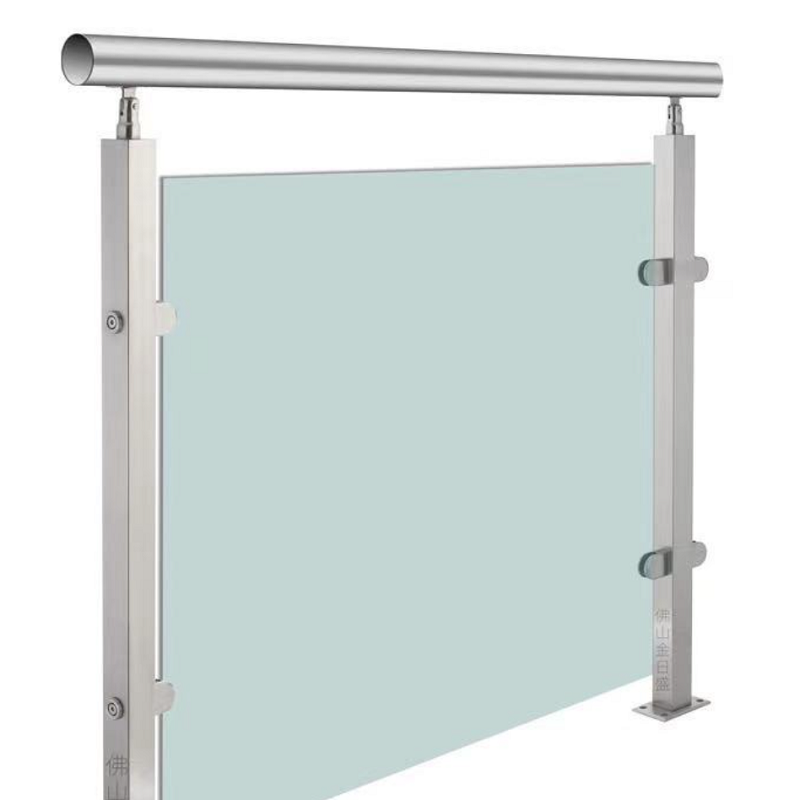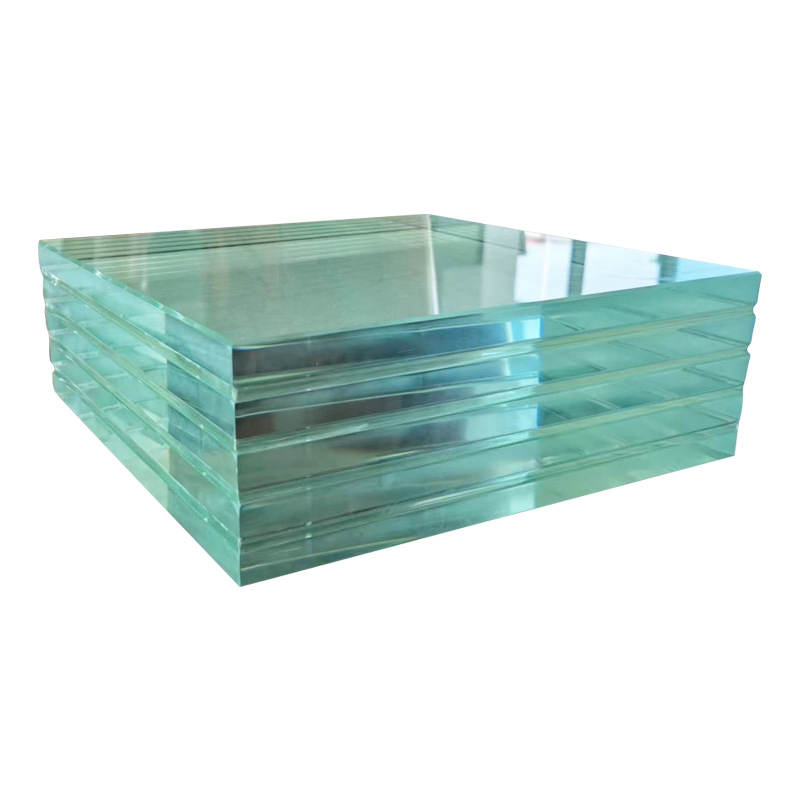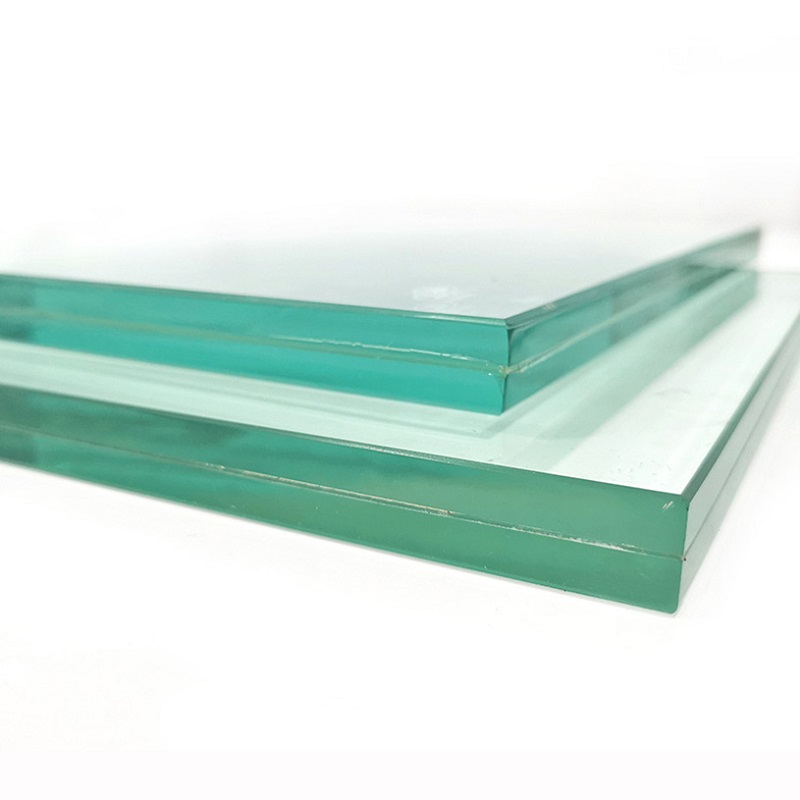Glass curtain walls are a defining feature of modern architecture, commonly found in skyscrapers, shopping malls, and exhibition centers. Beyond their sleek and transparent appearance, these walls embody cutting-edge science and technology to ensure they are both aesthetically pleasing and highly functional. Let’s explore the fascinating world behind these architectural marvels!
What Are Glass Curtain Walls?
Glass curtain walls are non-load-bearing facades made of glass and metal frames, typically covering the exterior of buildings. Unlike traditional walls, they do not support structural weight; instead, they act as a “skin” attached to the main structure.
Types of Glass Curtain Walls:
Framed Curtain Walls: Glass is set within metal frames, providing stability and support.
Frameless Curtain Walls: Glass panels are directly secured with point-fixed systems, offering maximum transparency.
Double-Skin Curtain Walls: A two-layer glass system with an air cavity in between for enhanced thermal and acoustic insulation.
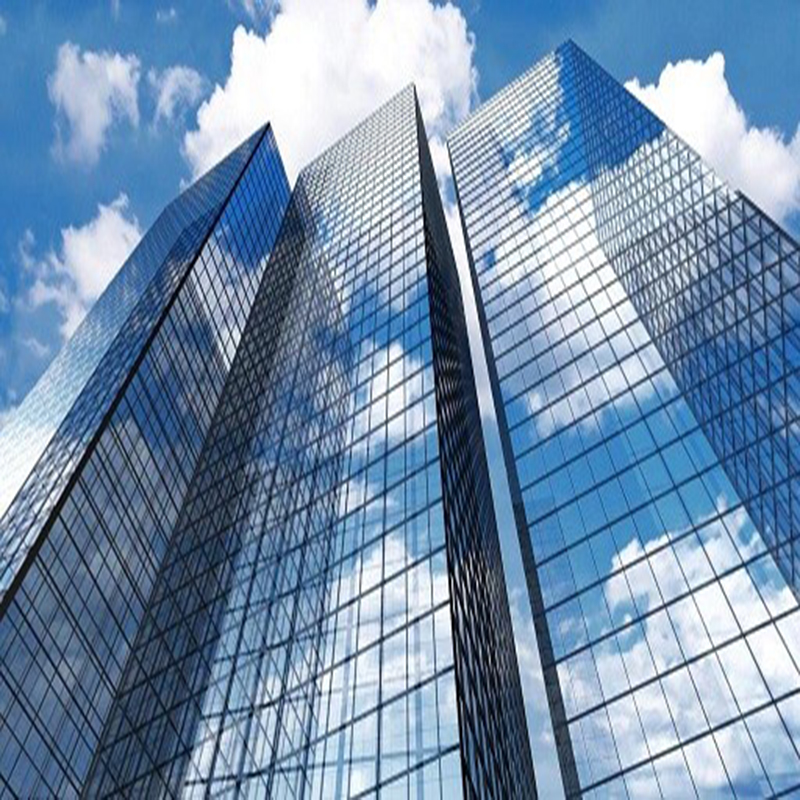
Key Technologies Behind Glass Curtain Walls
1. High-Performance Glass
The choice of glass is critical for ensuring functionality and safety. Common types include:
Tempered Glass: Heat-treated to increase strength, making it 4–5 times stronger than regular glass. When broken, it shatters into small, safe fragments.
Laminated Glass: Consists of two glass layers with a plastic interlayer, holding shards together if broken.
Low-E Glass: Coated with a low-emissivity layer to reflect infrared light, maintaining indoor temperature and improving energy efficiency.
2. Support Structures and Fixing Systems
Behind every glass curtain wall lies a robust framework:
Aluminum Frames: Lightweight and corrosion-resistant, these frames support the glass panels.
Point Fixing Systems: Use metal fasteners to directly anchor the glass, often used for frameless designs to enhance transparency.
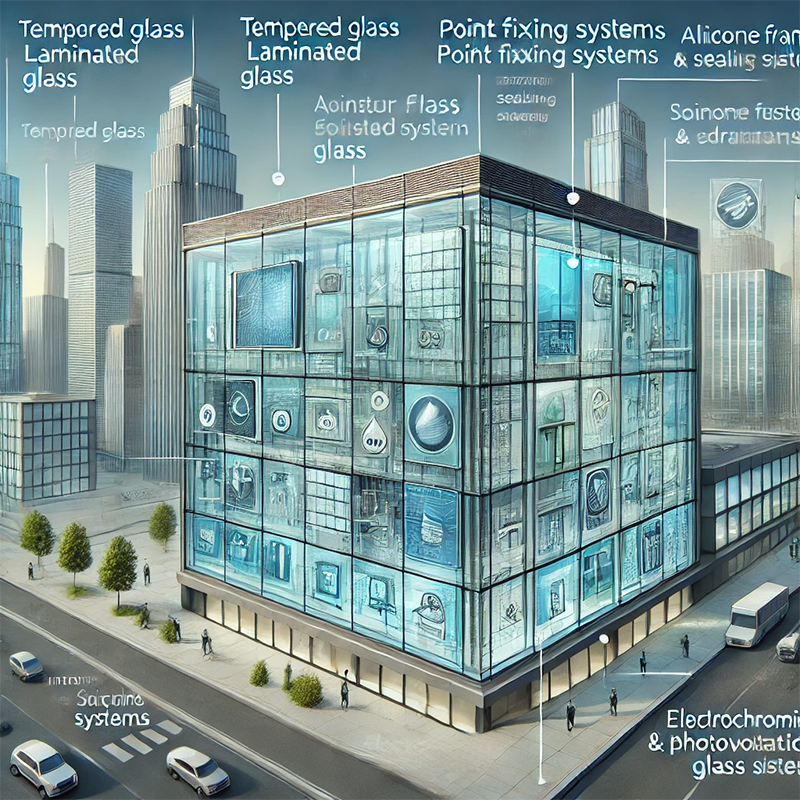
3. Sealing and Waterproofing
Silicone Sealants: Fill gaps between the glass and frames, ensuring airtightness and water resistance while accommodating thermal expansion.
Drainage Systems: Hidden channels within the frame direct rainwater away, preventing leaks.
4. Wind and Earthquake Resistance
Wind Resistance: Glass curtain walls are engineered to withstand strong wind pressures, especially in high-rise buildings, often verified through wind tunnel testing.
Seismic Performance: Flexible connections between the glass and frame allow movement during earthquakes, preventing glass from cracking or falling.
5. Smart Features
Electrochromic Glass: Changes transparency with an electric current, providing privacy and reducing energy use.
Photovoltaic Glass: Incorporates solar cells to generate clean energy, transforming the curtain wall into a power source.
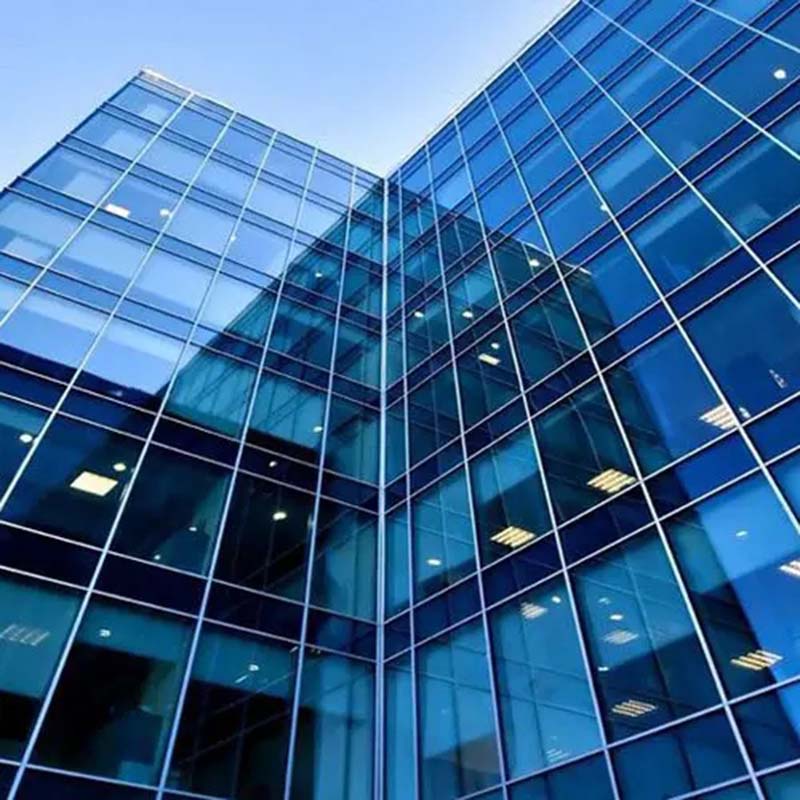
Fun Facts About Glass Curtain Walls
1.Fire Resistance:
Some curtain walls use fire-resistant glass to contain flames during emergencies, aiding evacuation and firefighting efforts.
2.Self-Cleaning Glass:
Certain glass panels have a special coating that breaks down dirt when exposed to sunlight, and rainwater washes it away, reducing maintenance costs.
3.Thermal Comfort:
Advanced glass technology ensures indoor temperatures remain stable, even in extreme climates, making glass curtain walls not just aesthetic but also practical.
Conclusion
Glass curtain walls are more than just architectural features; they are a testament to how science, engineering, and art can come together to create functional beauty. Whether it’s the safety of tempered glass, the energy efficiency of Low-E coatings, or the elegance of frameless designs, these walls exemplify modern innovation at its finest.


